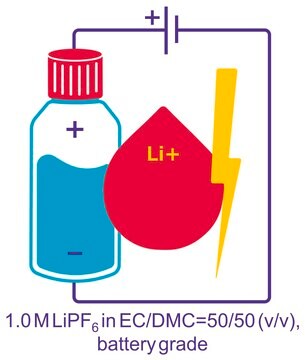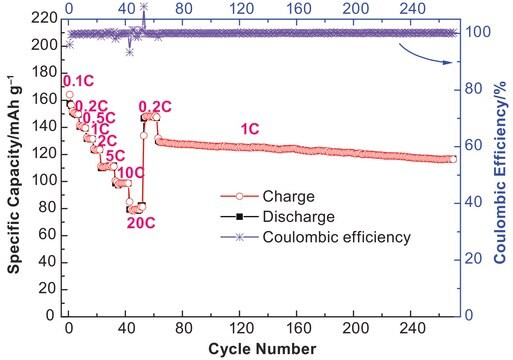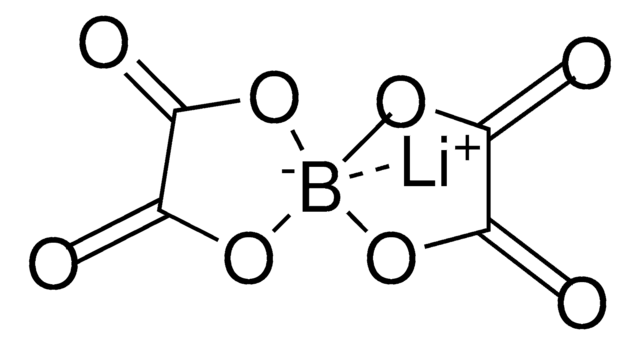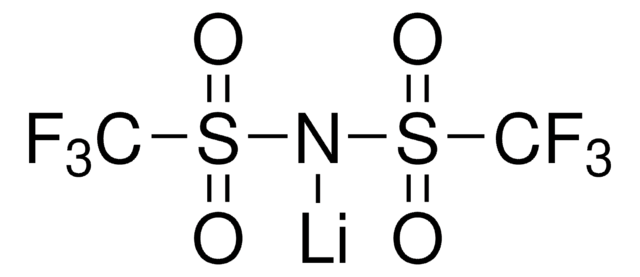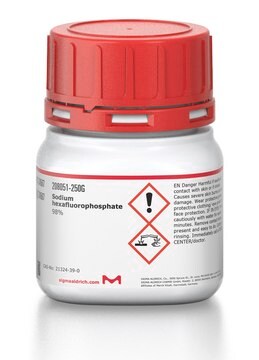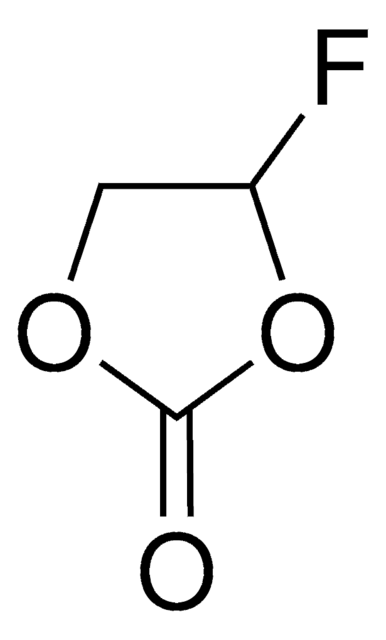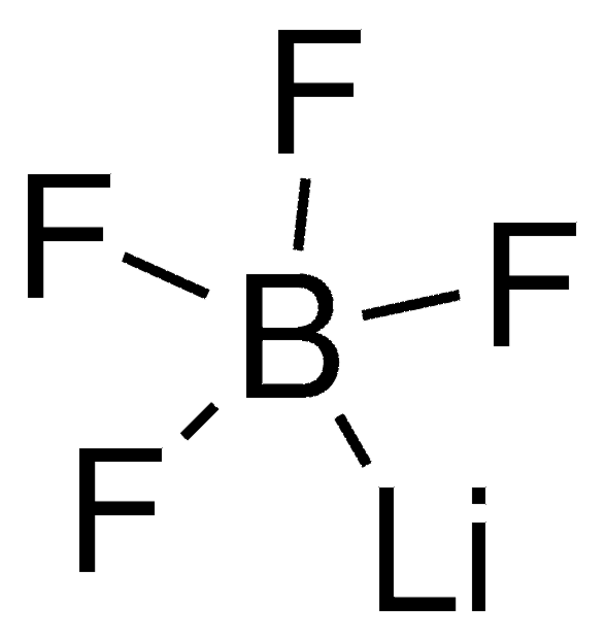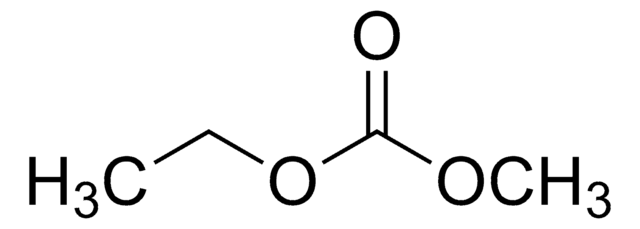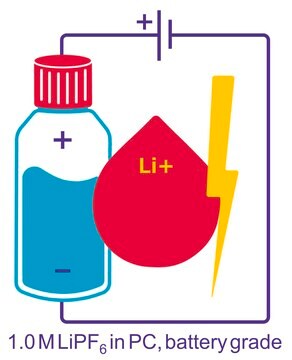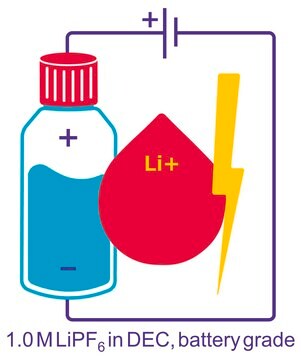450227
Lithium hexafluorophosphate
battery grade, ≥99.99% trace metals basis
Sinônimo(s):
Lithium phosphorus fluoride
About This Item
Produtos recomendados
grau
battery grade
Nível de qualidade
Ensaio
≥99.99% trace metals basis
Formulário
powder
características do produto alternativo mais ecológico
Design for Energy Efficiency
Learn more about the Principles of Green Chemistry.
sustainability
Greener Alternative Product
Impurezas
≤100.0 ppm Trace Metal Analysis
pf
200 °C (dec.) (lit.)
aplicação(ões)
battery manufacturing
categoria alternativa mais ecológica
cadeia de caracteres SMILES
[Li+].F[P-](F)(F)(F)(F)F
InChI
1S/F6P.Li/c1-7(2,3,4,5)6;/q-1;+1
chave InChI
AXPLOJNSKRXQPA-UHFFFAOYSA-N
Procurando produtos similares? Visita Guia de comparação de produtos
Descrição geral
Aplicação
Características e benefícios
- Exceptional Purity: ≥99.99% purity minimizes contamination from trace metals, ensuring suitability for applications sensitive to even minute impurities.
- Consistent Performance: Ultra-high purity guarantees consistent performance across various applications, reducing variability and enhancing reliability.
- High Purity Standard: Ideal as a standard or reagent for trace metal analysis and high-precision analytical techniques, ensuring accurate and reliable results.
- Battery grade for use in battery applications, ensuring suitability and performance.
Outras notas
Preparation and characterization of lithium hexafluorophosphate for lithium-ion battery electrolyte.
produto relacionado
Palavra indicadora
Danger
Frases de perigo
Declarações de precaução
Classificações de perigo
Acute Tox. 3 Oral - Skin Corr. 1A - STOT RE 1 Inhalation
Órgãos-alvo
Bone,Teeth
Código de classe de armazenamento
6.1B - Non-combustible acute toxic Cat. 1 and 2 / very toxic hazardous materials
Classe de risco de água (WGK)
WGK 2
Ponto de fulgor (°F)
Not applicable
Ponto de fulgor (°C)
Not applicable
Equipamento de proteção individual
Eyeshields, Faceshields, Gloves, type P3 (EN 143) respirator cartridges
Escolha uma das versões mais recentes:
Já possui este produto?
Encontre a documentação dos produtos que você adquiriu recentemente na biblioteca de documentos.
Os clientes também visualizaram
Artigos
Increasing fuel costs and concerns about greenhouse gas emissions have spurred the growth in sales of hybrid electric vehicles (HEVs) that carry a battery pack to supplement the performance of the internal combustion engine (ICE).
Dr. Sun reviews the recent advances in solid-state rechargeable batteries and cover the fundamentals of solid electrolytes in solid-state batteries, the theory of ion conduction, and the structures and electrochemical processes of solid-state Li batteries.
Research and development of solid-state lithium fast-ion conductors is crucial because they can be potentially used as solid electrolytes in all-solid-state batteries, which may solve the safety and energy-density related issues of conventional lithium-ion batteries that use liquid (farmable organic) electrolytes.
Electrode Materials for Lithium Ion Batteries
Conteúdo relacionado
Batteries, fuel cells, and supercapacitors rely on electrochemical energy production. Understand their operation and electron/ion transport separation.
Global Trade Item Number
| SKU | GTIN |
|---|---|
| 450227-5G | 4061832323695 |
| 450227-250G | 4061833398579 |
| 450227-25G | 4061832323688 |
Nossa equipe de cientistas tem experiência em todas as áreas de pesquisa, incluindo Life Sciences, ciência de materiais, síntese química, cromatografia, química analítica e muitas outras.
Entre em contato com a assistência técnica